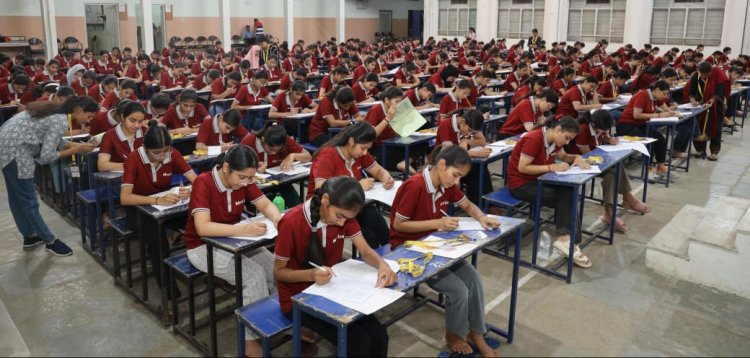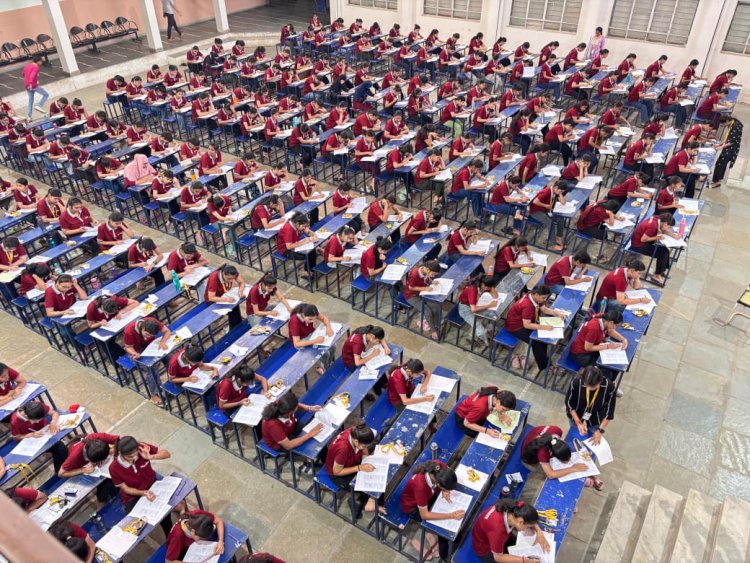Will Kota Repeat Its Magic in NEET 2025 Too?
NTA Tightens NEET Oversight as Tier-2 & Tier-3 Cities Fuel India’s Medical Aspirations

With nearly 23 lakh students appearing in NEET exam last year. This year NEET 2025 will be conducted on 4th May 2025 nationwide. The five major states with maximum registrations in 2024 were Maharashtra, Uttar Pradesh, Rajasthan, Tamil Nadu and Karnataka. In a significant trend, Rajasthan has emerged as the growing state by witnessing the swift growth in NEET registrations, surging from 1,48,364 in 2023 to 1,78,756 in 2024 which is about a 20% rise. This is expected to remain the same in 2025. The surge is attributed to the magnetism of Kota’s top coaching institutions like Allen, Motion, Aakash, and Resonance, thus making Kota the coaching capital of India.

It is to be noted that among the three largest states in terms of NEET registrations, Rajasthan has the highest number of NEET-qualified candidates. In 2023 where total students who registered in NEET from Maharashtra were 2,77,903 and qualified were 1,31,008, Uttar Pradesh had 2,73,572 and qualified were 1,39,961 and Rajasthan had 1,48,364 out of which qualified were 1,00,316. In 2024, Maharashtra had 2,82,051 out of which 1,42,665 were qualified, Uttar Pradesh had 3,44,599 out of which 1,65,047 were qualified whereas Rajasthan had 1,78,756 out of which 1,21,240 were qualified which is the highest qualifying student ratio among these states.
Nitin Vijay, Founder & CEO, Motion Education says, “The National Testing Agency (NTA) deserves appreciation for its role in conducting standardized, transparent, and fair entrance examinations for higher education, contributing to a more equitable and merit-based selection process. Indeed, it will be a herculean task for NTA to conduct the exam in a fair and transparent manner. While there are a lot of new steps NTA has taken, the huge number still poses a big challenge. Some such appreciable steps include prioritizing candidates’ first-choice preferences for centres and also ensuring that nearly 90% of centres are housed in government institutions such as Kendriya Vidyalayas, Navodaya Vidyalayas, and state-run schools; geo-mapping of centres; formed state- and district-level committees; involving local authorities including District Magistrates and police—in the centre selection and monitoring process. Also welcoming step towards addressing misinformation and fraudulent claims where a dedicated online complaint redressal portal has also been launched.”




























